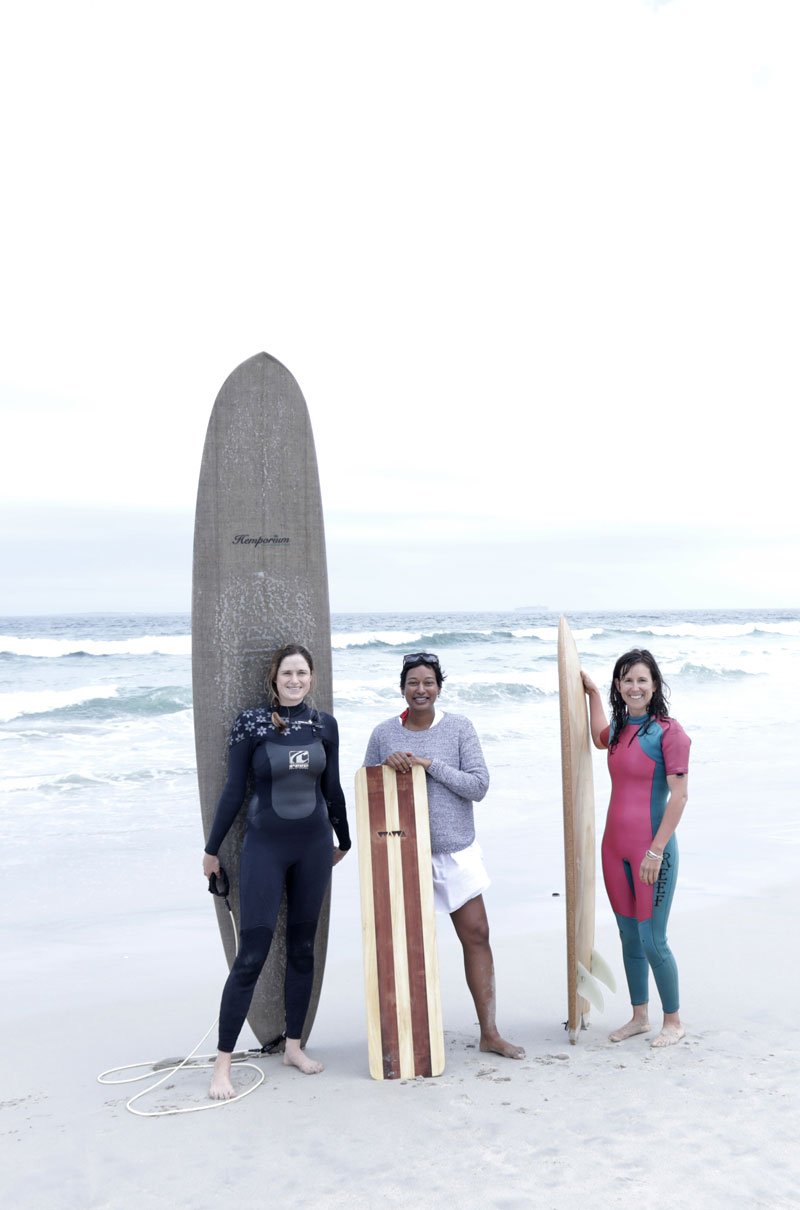As the public-private partnership improved approaches to conservation, it became clear that the challenges being faced on site were affected by its wider context. It was vital to recognise the Vesuvian area and wider socio-economic dynamics, as a source of opportunities, not threats, that could reinforce site management. Heritage was increasingly viewed as a shared responsibility.
A key initiative was the Herculaneum Centre, a non-profit association founded by the heritage authority, the municipality and a research institute to consolidate a network of local, national and international partners. For 5 years, it implemented an activity programme focused on stimulating new types of involvement in Ercolano’s heritage. The capacity to work with others was enhanced within institutions and civil society through research networks, community projects and a variety of learning environments.
The trust of local partners created conditions, unimaginable ten years earlier, for the regeneration of a difficult urban district adjacent to the archaeological site known as Via Mare.
With the Centre’s programme completed, this tradition of cooperation has been taken forward by Herculaneum’s new heritage authority, supported by the Packard foundation and other partners.
Many initiatives, including the Centre and Via Mare, built upon the early efforts of team members of the Herculaneum Conservation Project. Positive results from linking up with ongoing local initiatives and building bridges between realities operating separately began to shape long-term strategies for management of the site and the setting.
From 2004 onwards, a series of reforms in Italian legislation have created more opportunities for traditionally rigid and closed public heritage authorities to work effectively with others.
